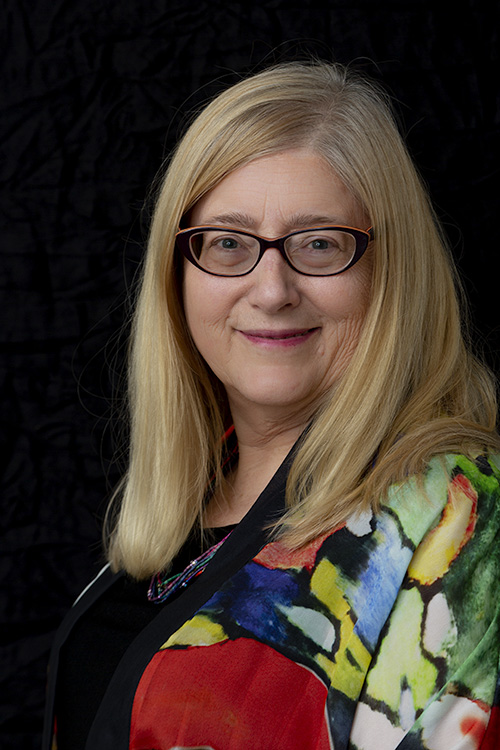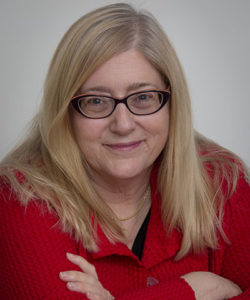The Romance Revolution
Is the romance novel a tool of the patriarchy? Or exactly the opposite? That depends…
Origins of the Romance Novel
In the early twentieth century, novels for women provided messages of purity and refinement. Publishers were reluctant to run afoul of purity associations run by prominent men of the time. But then came the first “best-sellers:” So-called “sex novels” that focused on women’s sexual desires and pleasures. The success of novels like May Sinclair’s The Helpmate (1907) and Victoria Cross’ The Greater Law (1914) drove the expansion of the publishing industry in the early part of the century. The most notorious of these books, Three Weeks by Elinor Glyn, told the story of a married woman’s brief affair with a young Englishman.
These books paved the way for the romance novels of the 1920s, including The Well of Loneliness by Radclyffe Hall. This was the first successful book to portray a relationship between two women. Originally published in England, the book was tried for obscenity in 1928 and the court ordered all copies destroyed. Although efforts to censor this book in the United States were unsuccessful, Well was not republished in England until 1949.
From the beginning, critics have disdained romance novels, especially those written by women. And yet these books explored women’s desire and its attendant issues in ways that other writing did not.
Recent History of the Genre
In the 1950s and 1960s, romance expanded to include career women such as stewardesses, and many were set in exotic locations. Then in 1972, a new category of “bodice ripper” began with the publication of the The Flame and the Flower by Kathleen Woodiwiss, which sold over two million copies. The independent yet virginal heroines of bodice rippers were dominated by alpha male characters. Novels of this type often included nonconsensual sex. By now the bodice ripper is a relic of the past, but they were extremely popular for many years. The romance novels of this period have been criticized for encouraging women to accept mistreatment and second-class status.
Some of the best known romance authors began their careers around this time, including Jackie Collins, Nora Roberts and Danielle Steel. In the romance novels of the later twentieth century, the defining features were the preeminence of the romantic plot, and the Happily-Ever-After ending (typically with a big wedding).
Beverly Jenkins, an African American author, has written romance novels since the 1990s. But until relatively recently, Jenkins was an exception in a genre that focused on young, thin, white, able-bodied characters.
Romance Novels Today
In the romance novels of this century, romance and a happy ending remain the defining features. Romance is the driver and the external plot remains secondary. The genre continues to be based on a standard three act structure. The main characters are drawn to each other yet are ambivalent, and don’t get together until the end of the story when they overcome their character flaws and reservations. However, the formula for the genre has evolved in several key ways.
First, the ending can now be Happy-For-Now rather than Happily-Ever-After. Maybe the characters marry and maybe they do not. Love takes many forms.
Speaking of which, while romance was traditionally woman-meets-man, these days a romance can also be woman-meets-woman, man-meets-man, person-meets-person, or even three-people-meet (that last one requires a highly ambitious writer). A great example of queer romance is Red, White, and Royal Blue. This 2019 novel by Casey McQuiston won the Goodreads Choice Awards for Best Romance and Best Debut Novel that year.
There is more racial diversity among romance writers and characters than before. For example, gubernatorial candidate Stacey Abrams has written eight romance novels under the pen name Selena Montgomery. And Julia Quinn’s Bridgerton novels have been produced for Netflix by Shonda Rhimes with great success, promoting an alternate history with greater racial equality (and some very spicy sex).
Areas for growth remain. While several recent romance novels feature characters with disabilities, often the plot involves an able-bodied character “saving” a character with a disability (for example, a physical therapist falls in love with a recently disabled patient and teaches him about his own disability). Romance novels that center the voices of people with disabilities will be most welcome when they are published.
And regarding age diversity, publishers have introduced a new category: “Seasoned Romance.” While it is great to see characters past their twenties, most of these books feature characters in their forties or even thirties—barely seasoned at all.
Next Up: The Highly Seasoned Romance
The cohort of women in our fifties, sixties and beyond continues to grow. And as our numbers grow, so does our awareness of the lack of representation of our vivid lives. Author Lynne Spreen switched to writing romance because, as she put it, “I want to read about people my age, or at least over fifty. The wide-eyed newby isn’t as compelling to me as the woman or man who has been kicked around a bit. Who has suffered, learned, and grown.” And though there are more romance novels with characters over fifty, barriers remain.
Writer Sandra Antonelli points to bias in the publishing industry. One editor even said to her, “No one wants to read granny sex.”
Gendered ageism, anyone?
Antonelli, who wrote her graduate thesis on older women in fiction, sees Seasoned Romance as a way for women to reinforce more accurate perceptions of women over fifty as vibrant, inherently sexy people. She points out that these depictions are valuable for young women as a way to envision a positive future.
Writing and reading Highly Seasoned Romance is a fun part of the pro-aging revolution. Imagining and capturing romance between characters our own age is a liberating act. And every story we share with others, through workshops, writing groups, and publication, is one more teaspoon turning the ocean liner of culture in the direction of equality and representation.
So is the romance novel a tool of the patriarchy? Or exactly the opposite? That depends on us.



2 Responses
Wonderful article. I learned a lot! Thanks for sharing your wonderful work with us!
You’re so welcome, Steevie Jane! I am hoping many more Women of a Certain Age will take up writing Seasoned Romance.